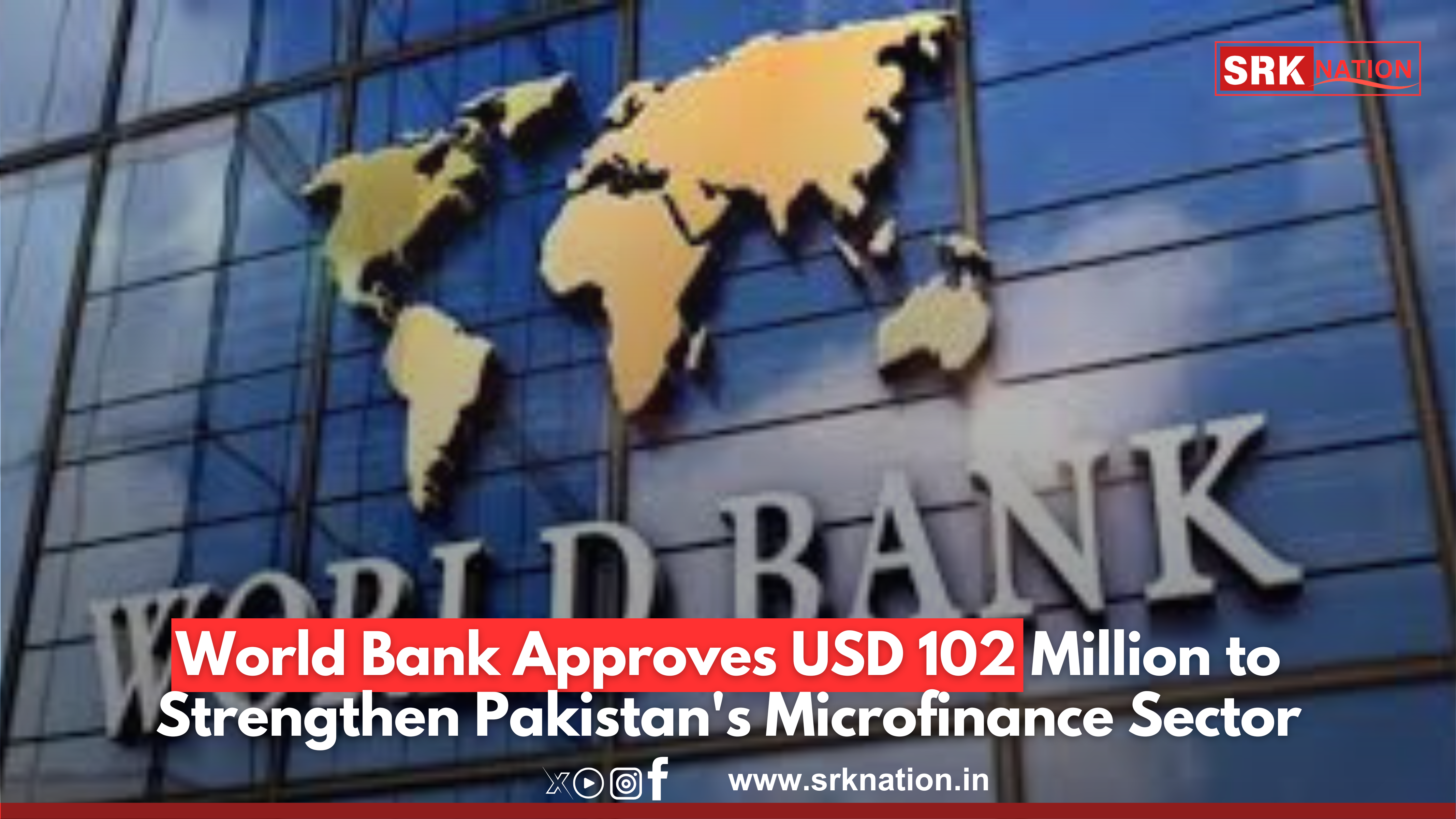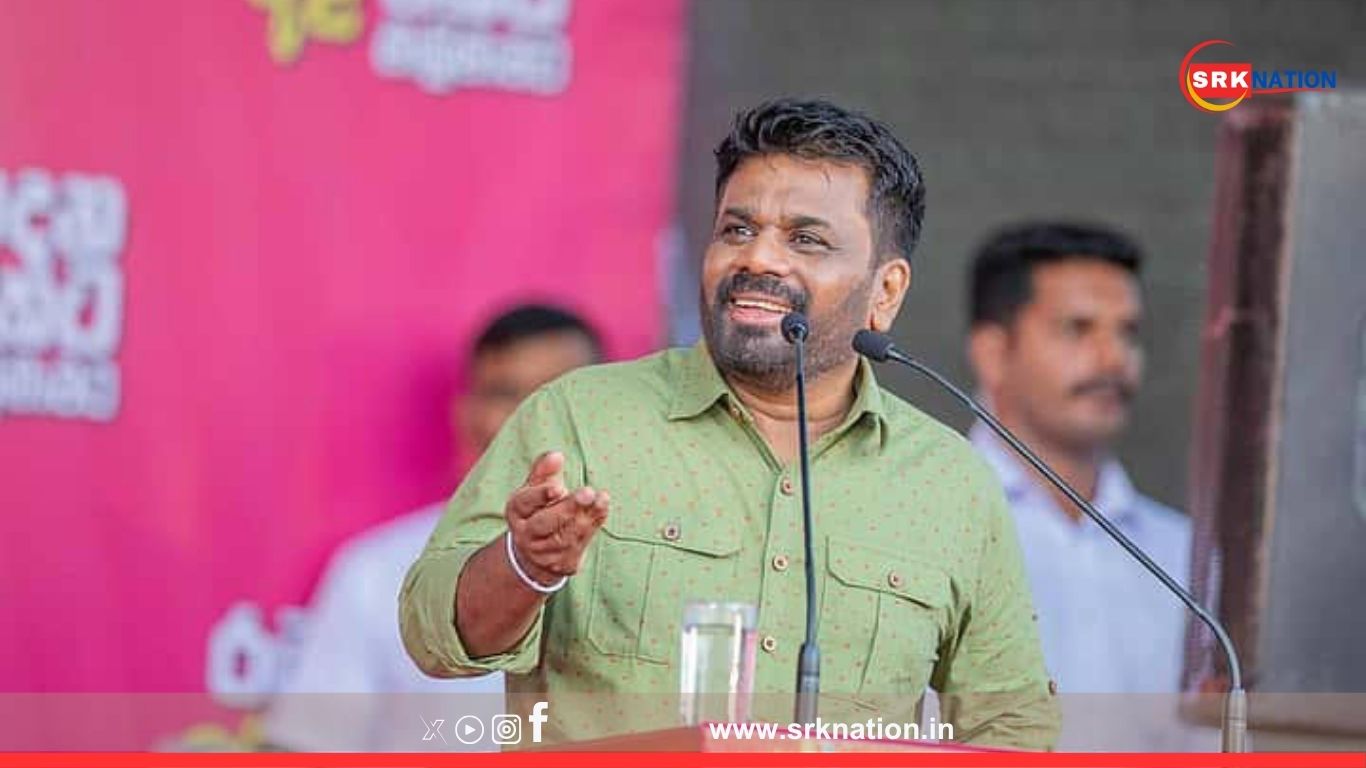The World Bank has approved a USD 102 million financing package to bolster Pakistan’s microfinance sector under the Resilient and Accessible Microfinance (RAM) project. This initiative aims to enhance access to microcredit and support the resilience of microfinance institutions and their borrowers, particularly in the face of climate-related challenges.
Najy Benhassine, the World Bank’s Country Director for Pakistan, emphasized the critical role of microfinance in supporting vulnerable populations. “This project will strengthen the resilience of the microfinance sector, ensuring it continues to provide essential financial services to those who need them most, especially in rural areas,” he stated.
Key Highlights of the RAM Project:
- Beneficiaries: Nearly 1.89 million people, including over 1 million women and 350,000 youth, primarily in low-income rural areas.
- Components: Establishment of a Climate Risk Fund, adoption of agrotechnology solutions, capacity building for microfinance institutions, and development of risk management frameworks.
- Implementation: The project will be executed by Pakistan’s Ministry of Finance through the State Bank of Pakistan.
- Co-Financing: A USD 23 million grant from the Global Shield Financing Facility (GSFF), supported by multiple donor countries, will complement the World Bank’s funding.
The RAM project is part of the World Bank’s broader commitment to promoting financial inclusion and increasing resilience to climate change in Pakistan. It also aligns with the new 10-year Country Partnership Framework, which outlines strategic interventions to support economic stability and growth.
This initiative is expected to provide recovery loans to individuals and small businesses, helping them regain financial stability amidst climate-induced financial pressures. The project reflects the ongoing collaboration between Pakistan and international financial institutions to address economic challenges and build a more resilient financial ecosystem.











